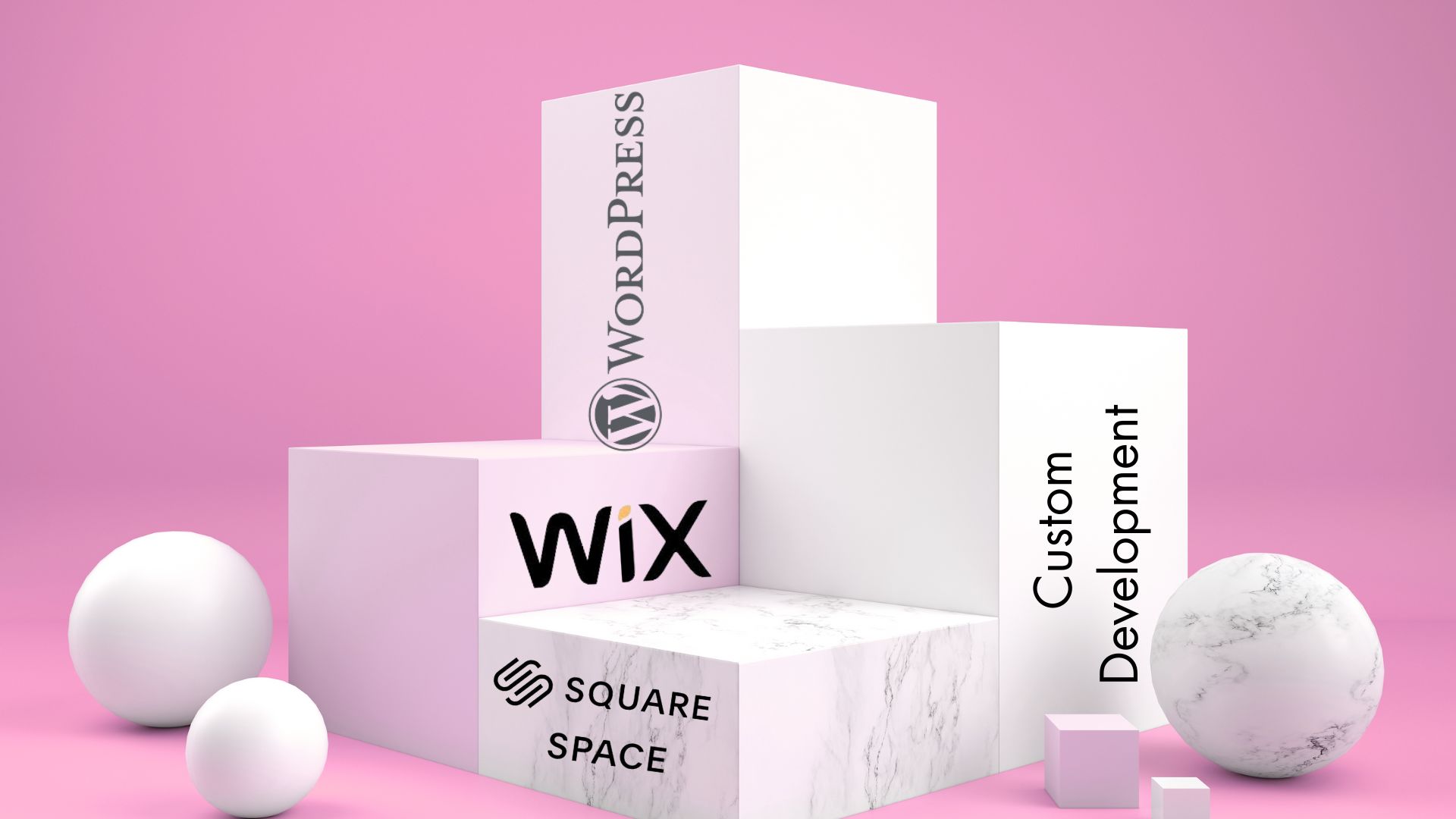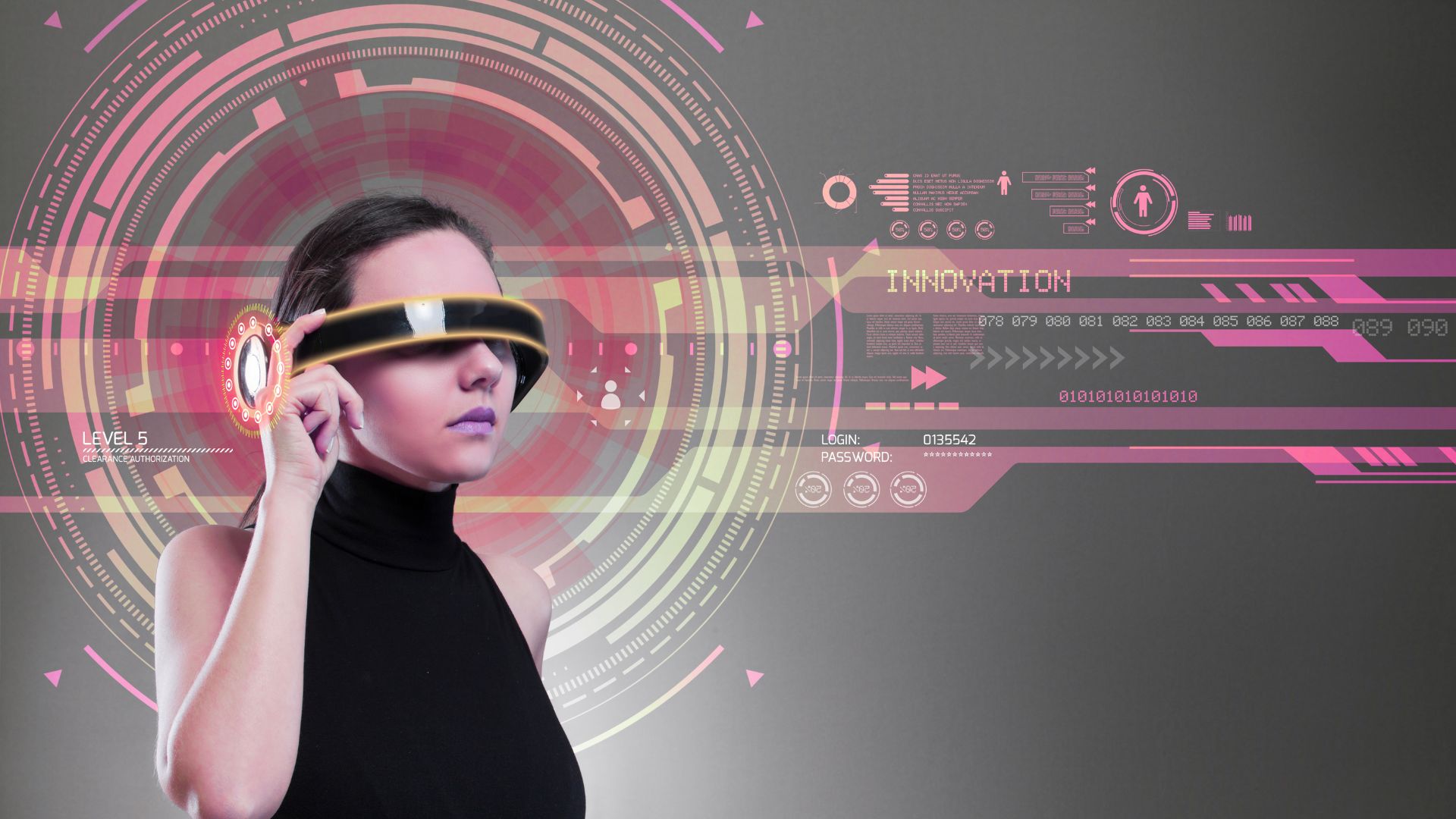Designing an Engaging User Experience (UX)
Creating an engaging user experience (UX) is essential for any website. A well-designed UX can significantly enhance visitor satisfaction, drive engagement, and ultimately boost conversions. But what exactly is UX design, and how can you create a user-friendly interface that keeps your visitors coming back? In this blog, we’ll explore the principles of UX design and offer actionable tips to help you design an engaging user experience.
Understanding UX Design
UX design focuses on the overall experience users have when interacting with a website or application. It encompasses everything from the ease of navigation to the aesthetic appeal of the site. The goal of UX design is to create a seamless, enjoyable experience that meets the needs of users and encourages them to stay longer and engage more deeply with your content.
Key Principles of UX Design
1. User-Centred Design
– Focus on the User: Always prioritize the needs and preferences of your users. Conduct user research to understand their behaviours, goals, and pain points.
– Personas and Scenarios: Develop detailed personas and scenarios to guide your design process and ensure you’re addressing the needs of your target audience.
2. Simplicity and Clarity
– Keep it Simple: Avoid clutter and unnecessary complexity. Strive for a clean, straightforward design that is easy to navigate.
– Clear Visual Hierarchy: Use size, colour, and spacing to create a clear visual hierarchy, guiding users to the most important information first.
3. Consistency
– Uniform Design Elements: Maintain consistency in your design elements, such as buttons, fonts, and colours, across all pages to create a cohesive experience.
– Predictable Navigation: Ensure that navigation elements are consistent and intuitive, making it easy for users to find what they’re looking for.
4. Feedback and Interaction
– Interactive Elements: Include interactive elements like buttons, forms, and links that provide immediate feedback when users interact with them.
– Loading Indicators: Use loading indicators and progress bars to inform users that their actions are being processed, reducing frustration.
5. Accessibility
– Inclusive Design: Ensure your website is accessible to all users, including those with disabilities. Use proper colour contrast, alt text for images, and keyboard navigation support.
– Responsive Design: Design your site to be responsive, providing a seamless experience across all devices, from desktops to mobile phones.
Creating a User-Friendly Interface
1. Intuitive Navigation
– Logical Structure: Organize your content in a logical structure with clear labels and categories. Use a consistent navigation bar that is easy to access from any page.
– Breadcrumbs and Search: Include breadcrumbs and a search function to help users quickly find their way around your site.
2. Effective Use of White Space
– Avoid Clutter: Use white space effectively to avoid clutter and make your content more readable. White space helps to highlight important elements and improve overall readability.
– Balance Elements: Balance text, images, and other elements to create a visually appealing layout that is easy on the eyes.
3. Engaging Visual Design
– Appealing Aesthetics: Choose a visually appealing design that reflects your brand’s personality and values. Use high-quality images and graphics to enhance your content.
– Consistent Branding: Ensure that your branding elements, such as logos, colours, and fonts, are consistent throughout your site.
4. Fast Load Times
– Optimize Performance: Optimize images, use efficient coding practices, and leverage content delivery networks (CDNs) to ensure fast load times.
– Reduce Bounces: Fast load times reduce bounce rates and improve user satisfaction, encouraging visitors to stay longer on your site.
Designing an engaging user experience is crucial for the success of your website. By focusing on user-centred design, simplicity, consistency, feedback, and accessibility, you can create a user-friendly interface that enhances visitor satisfaction and engagement. At Cocktail Creative, we specialize in creating compelling and effective UX designs. Contact us today to learn how we can help you design an engaging user experience for your website.




